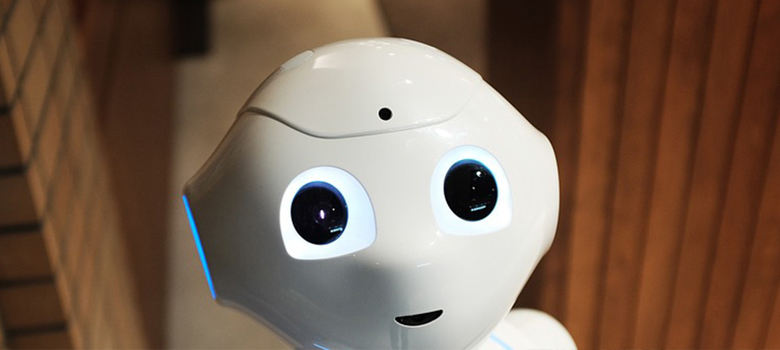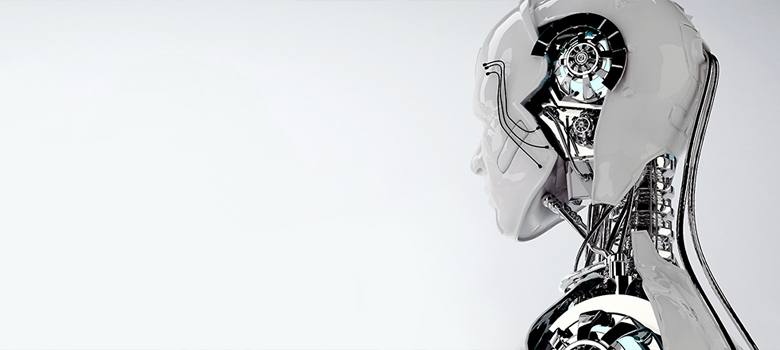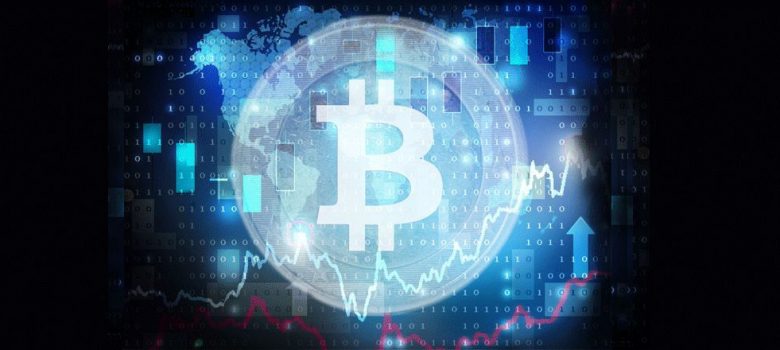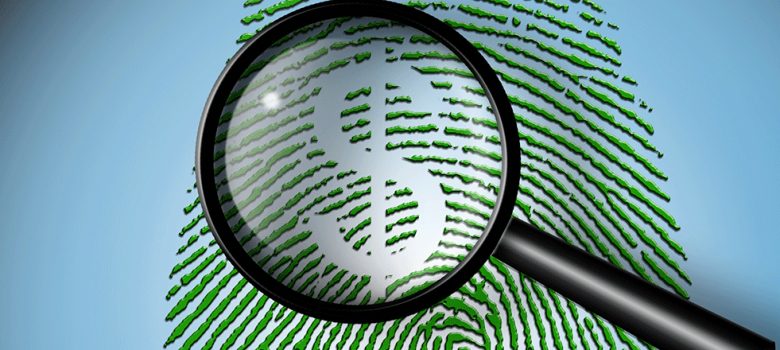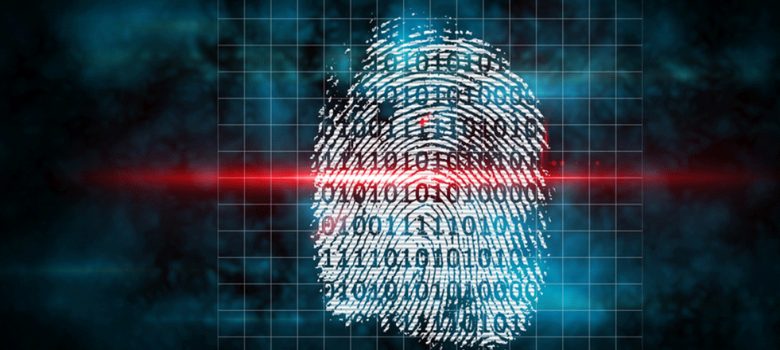The banking sector is evolving at unprecedented speed. There are a number of different factors at play. Firstly, the rapid development of new technologies such as Cloud Computing, the Internet of Things, and Big Data, all factors which are pushing us into a hyper-connected world, moving at real-time speed.
Secondly, customer behaviours are also changing. We now expect a 24/7 service, being able to engage and interact with our financial service providers whenever and from wherever we want.
Finally, as the frontiers of traditional financial services blur with the latest digital services, new competitors are emerging. Every player that has access to the customer globally has the potential power to take on the established banks. Apple, Google, as well as many FinTech start-ups and even some telecom organizations, have the ambition to disrupt the existing banking landscape. Indeed, in the US alone, around 18 per cent of the population now use mobile payments regularly – suggesting that telecom organisations could soon become a force to be reckoned with in the FS industry.
Apple and Google are leading the list of the biggest companies by market capitalization. As recently as the 29th February Apple’s market cap stood at $536bn while Google’s had hit $494bn. The first financial institute does not appear until on that list until 10th, where Wells Fargo leads the industry with a $239bn cap. Next is JP Morgan Chase at 15th, a market cap of $207bn. Both are less half the size of the leading companies.
Let’s be clear: this is just the beginning. Early stage technologies, such as crypto-currencies, Blockchainand new business models like peer-to-peer lending are also threatening to disrupt existing practices. Ably demonstrating the shift in priority – we see the announcement that Anshu Jain, the former Co-CEO of Deutsche Bank, has now joined SoFi, a Silicon Valley FinTech founded in 2011 and specializing in online lending.
New regulations further increase the pressure on the sector, threatening local players that may not have the means to handle complex international regulations.
All this promises to profoundly change the finance landscape in the years to come.
Read more




